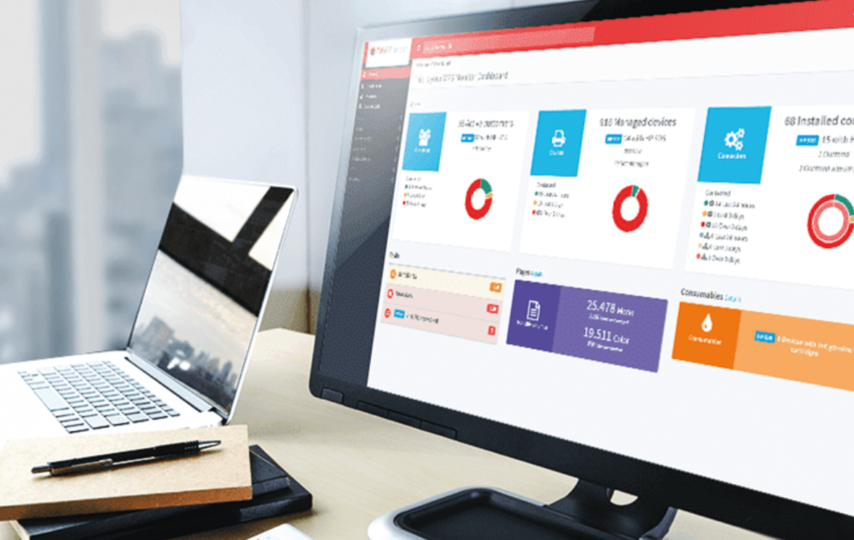In the fast-paced world of business, where every second counts, optimizing operational processes is key to success. One often underestimated area that significantly impacts day-to-day activities is the management of printers. Let’s explore why businesses should prioritize printer monitoring and the invaluable benefits it brings to the table.
The Role of Printer Monitoring
Printer monitoring involves the real-time tracking and analysis of printing activities within an organization. This proactive approach allows businesses to gain a comprehensive understanding of their printing infrastructure, facilitating informed decision-making and improved efficiency.
Unlocking Operational Insight
Understanding how printers are utilized in your business is vital. Printer monitoring provides detailed insights into print volumes, popular print settings, and potential bottlenecks in the printing process. By identifying patterns and trends, businesses can implement targeted strategies to enhance workflow and productivity.
To delve deeper into the significance of printer uptime, read the article.
Ensuring Printer Uptime
Printer downtime can be a significant hindrance to productivity. Printer monitoring enables businesses to detect issues proactively, allowing for timely maintenance and reducing the risk of unexpected breakdowns. This not only minimizes disruptions but also contributes to a more seamless workflow.
Consider selecting a printer capable of managing downtime effectively. When it comes to reliability in the face of potential downtime, Zebra printers stand out as a top choice for businesses seeking robust printing solutions. Zebra printers are engineered with advanced technology and built to withstand the rigors of demanding work environments, ensuring minimal disruptions to workflow even in the event of downtime.
Cost Optimization through Usage Analysis
A crucial aspect of printer monitoring is the ability to analyze usage patterns. By identifying unnecessary or excessive printing, businesses can implement cost-saving measures, such as setting printing quotas, promoting duplex printing, and minimizing wasteful practices.
Enhancing Security Measures
Printers can be potential entry points for security breaches. Printer monitoring helps businesses track and manage print jobs, ensuring sensitive information doesn’t fall into the wrong hands. By implementing secure printing practices, organizations can safeguard their data and maintain compliance with data protection regulations.
Frequently Asked Questions about Printer Monitoring
Is printer monitoring only relevant for large enterprises?
No, businesses of all sizes can benefit from printer monitoring. Small and medium-sized enterprises, in particular, can leverage monitoring tools to gain insights, optimize costs, and ensure efficient printing practices.
Can printer monitoring contribute to environmental sustainability?
Absolutely. By identifying and reducing unnecessary printing, businesses can minimize paper waste and contribute to their sustainability goals.
How often should printer monitoring reports be analyzed?
Regular analysis is recommended, with monthly or quarterly reviews being a common practice. This ensures that any emerging trends or issues are addressed promptly.
Conclusion
Incorporating printer monitoring into your business strategy is more than just a technological convenience; it’s a strategic move towards optimizing operations, reducing costs, and ensuring a secure and efficient printing environment. To dive deeper into the importance of printer uptime, read the article.








